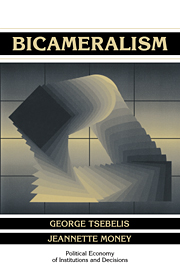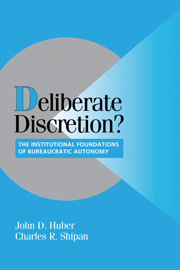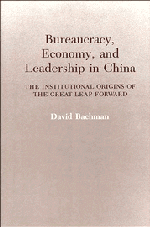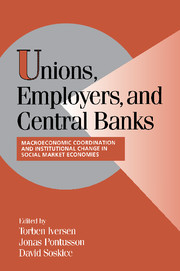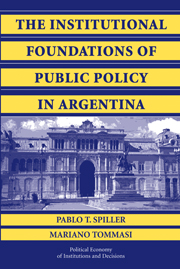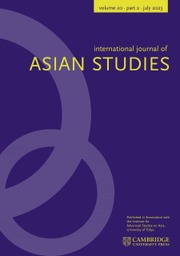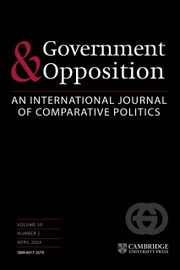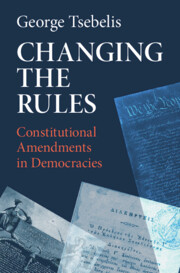Bicameralism
This book examines some fifty countries to ascertain how the chambers of bicameral legislatures interact when they produce legislation. An understanding of this interaction is essential because otherwise legislative behaviour in each chamber may be unintelligible or incorrectly interpreted. The book employs cooperative game theoretic models to establish that bicameral legislatures, when compared with unicameral legislatures, increase the stability of the status quo and reduce intercameral differences to one privileged dimension of conflict. Non-cooperative game theoretic models are used to investigate the significance of a series of insitutional devices used to resolve intercameral conflict where a bill is introduced, which chamber has the final word, how many times a bill can shuttle between chambers, and whether conference committees are called. Empirical evidence, mainly from the French Republic, is used to evaluate the arguments.
- Stresses the previously neglected interaction between the two chambers of bicameral legislatures
- The study is comparative and includes survey of fifty bicameral legislatures
- Includes both theoretical (formal) models and empirical tests of those models
Reviews & endorsements
"...an interesting analysis....Tsebelis and Money sequentially examine the history and diversity of bicameralism and quantitatively evaluate different models of bicameralism and its various aspects. Information is presented on more than 50 bicameral systems worldwide, with particular attention paid to the French Fifth Republic." -- Choice
"...this book provides a rich descriptive and theoretical framework for...empiracal questions. The authors have used a solid understanding of the historical and descriptive features of bicameralism to inform their theoretical arguments; and they test these arguments in a variety of creative ways. That is good social science." Charles R. Shipan, Governance
Product details
June 1997Paperback
9780521589727
268 pages
229 × 152 × 15 mm
0.4kg
16 b/w illus.
Available
Table of Contents
- Part I. History and Geography of Bicameral Diversity:
- 1. Bicameralism in historical perspective
- 2. The institutions of bicameralism
- Part II. Models of Bicameral Institutions:
- 3. The core and the uncovered set of bicameral institutions
- 4. A model of intercameral bargaining
- 5. A model of conference committees and their proposals
- Part III. Empirical Studies of Bicameralism and Implications:
- 6. The outcomes of intercameral bargaining
- 7. The process of intercameral bargaining
- 8. Conference committees
- 9. Implications
- Conclusions.

